From Humble Beginnings
Hudson Park traces its roots back to the beginning of the 20th Century, when tiny schools were established in the area.
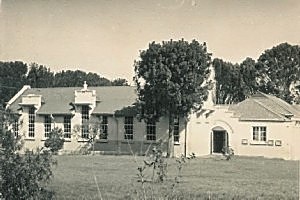
CLIFTON PRIMARY
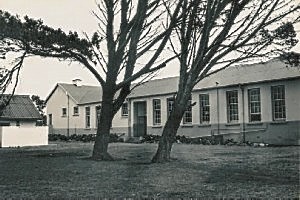
PREFECTS' QUAD AT CLIFTON PRIMARY
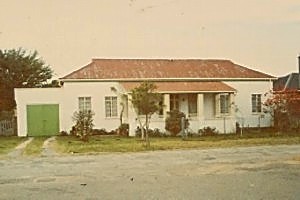
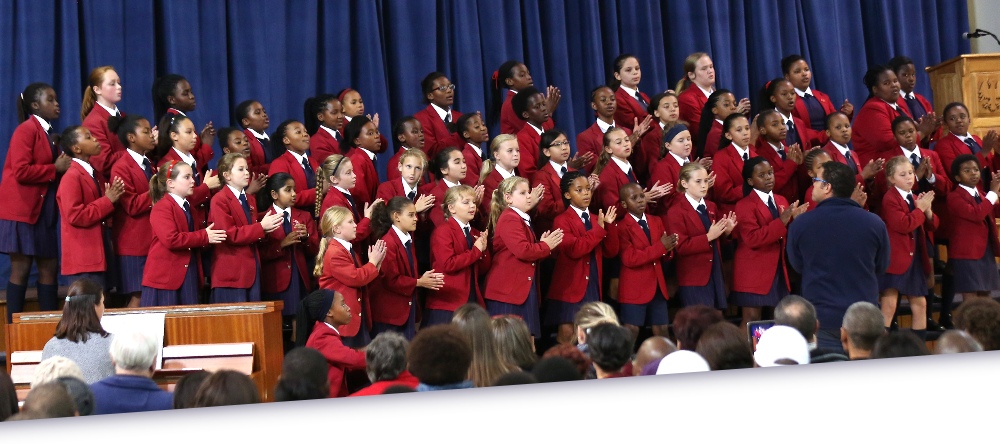
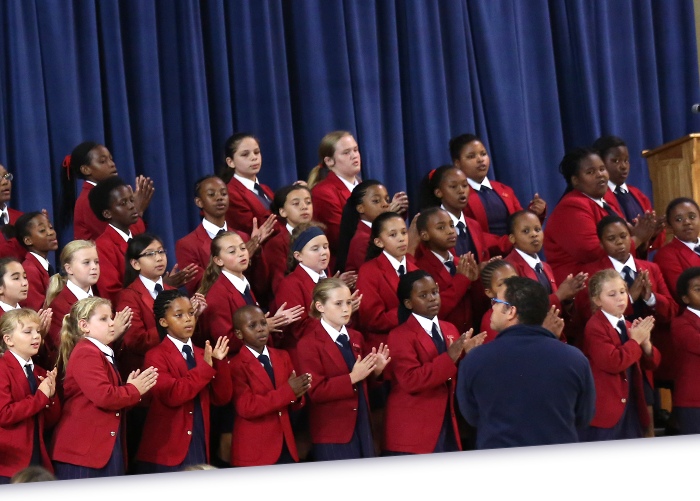
Since its founding in 1976, Hudson Park has established itself as a major school that enjoys the support of local and regional communities. It has become renowned for a balanced and modern curriculum incorporating academics, sporting activities, cultural pursuits, pastoral outreach,and leadership.
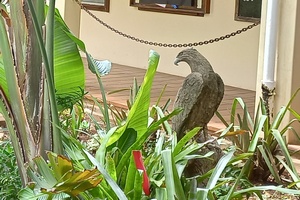
2016 saw the publication of a coffee table book celebrating the history of Hudson Park over the 110 years of its existence, up to that year. You can read about it or order, via the links on the buttons.
Hudson Park traces its roots back to the beginning of the 20th Century, when tiny schools were established in the area.



One of these was Clifton A3 Primary School, housed in the St Alban's Church hall. It was founded by Ms Craig, in 1905, and boasted 16 learners.
The first inspector's report, written on 18 July 1905, reads as follows: 'The school was opened on 17 July. It is a branch school, established by the School Board of Cambridge, in order to care for the needs of that part of the municipal area known as Clifton. Upward of 30 learners were promised, but an epidemic of measles, prevalent in that locality, has interfered with the opening numbers'.
The school soon outgrew St Albans, and ground originally earmarked for a German Settlement was re-allocated for education. The Foundation Stone of the new three-classroom school was laid on the present site of Hudson Park High School, on 14 December 1912.
In 1919 Mr Clarke succeeded Ms Craig. In those days the school owned all the land from Chamberlain Road, through the Berea 'dip', to Devereux Avenue. Mr Clarke had visions of developing a magnificent sports ground on the land, but the school was small and poor. Some years later a portion of the property was sold to the Catholic Church and De La Salle College, now Port Rex Technical High School, was built there.
Lot L, referred to as the 'Poor School Lot' and situated between Western Avenue and the railway line, was donated by the Cambridge Municipality to the Cape Education Department in 1905. It is possible that a farm school existed on the lot before 1905, but in 1906, the so-called 'Poor School' was moved to this location, with access from York Road. Ms Storey was the first Principal.
The York Road Poor School is listed in the East London Red Book of 1914, with Ms Clough as the Principal.
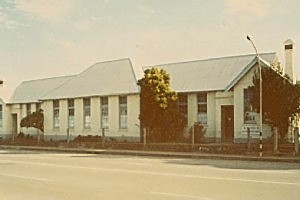
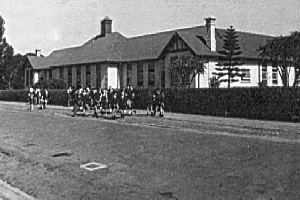
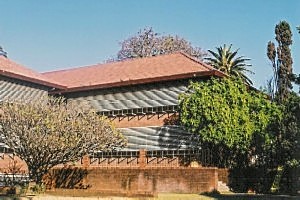
In 1917, a new school building was erected on the property and named Vincent Primary School.
This school, greatly loved by thousands of East Londoners, initially catered for an impoverished section of the community. In the early years and especially during the Great Depression, the learners often attended school bare-footed. Nevertheless, despite severe economic restrictions, the school grew in numbers and additional land was acquired in 1936.
Its image as 'the Poor School' was to change dramatically though, when Mr Allen took over as Principal, in 1948. He transformed the small school in every possible way. Uncompromising, yet loyal and goal-directed, Mr Allen ensured that he got the best for 'his' school. A new badge, motto, and uniform were introduced. The school was one of the first Primary schools to have its own swimming pool. It also became renowned for its wonderful pantomimes produced by Ms Emslie, and soon Vincent Primary ranked as one of the foremost schools in East London.
The Red House Estate was a large section of prime land that once encompassed the whole suburb of Clifton Park and much of the land between Hudson Avenue and Devereux Avenue.
In 1907 a fine manor house was built on the estate, out of red Grahamstown brick. It was called colloquially 'The Red House', and in the early 1920's, the house and estate was acquired by the Malcomess family. In 1924 an imposing Sir Herbert Baker facade was added to the building, together with large doors which led into an atrium designed and built by Italian stone masons.
The property was later sold by the family and it became the gracious Red House Hotel. In time, the hotel was also sold and much of the estate became residential erven. In 1951, The Catholic Church purchased the estate and a magnificent new school building was constructed on the Hudson Avenue side, in 1951. This was to become the Convent of the Sacred Heart.
The Convent decided, in the mid 1970's, to consolidate its operations and move to the St Anne's complex in St Mark's Road. The entire Red House estate, with all the buildings, was sold to the Cape Education Department for the grand sum of R71,380! Mr Allen then applied for permission to move Vincent Primary School into the Convent buildings on the Red House Estate.
This was granted and the 'great move' started in 1975.
At this point, Mr Allen and his Committee decided that Vincent Primary School would be renamed Hudson Park Primary School. 'Hudson', in honour of Mr Hudson who had been a prominent Councillor in the old Cambridge Municipality, and 'Park', in reference to the wonderful Edwardian garden of the estate.
Hudson Park Primary, as it was now known, and Clifton Park Primary flourished under insightful leadership, and soon the wheels began turning in the final stage of the developments which led to amalgamation.
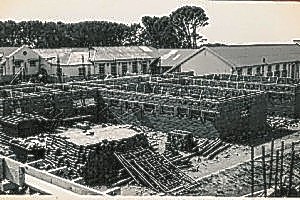
The building of Clifton Park High School gets under way.
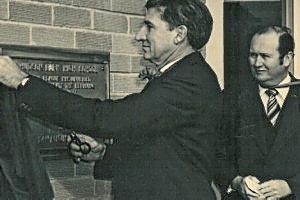
Hudson Park High School is officially opened by Mr Meyer, Director of Education, with Mr Algie looking on.
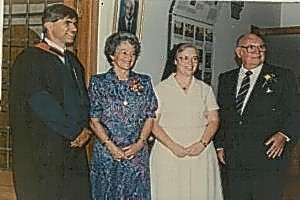
Key figures in the historical developments, namely Mr Prentis, Ms Vincent, Sr Agnes, and Mr Allen.
A major development occurred in 1959 when Clifton Primary was raised to the status of Secondary School. This meant that it went as far as Standard 8, and that learners were entitled to write the Cape Junior Certificate examination.
Later, during the principalship of Mr Stonier, Clifton Park was granted High School status.
A red blazer and a school badge depicting a German eagle and two sailing ships were now adopted. The German eagle was chosen as a link with the past, since the ground on which the school stands had initially been earmarked for German settlement. Many learners were also descendents of the original German Settlers. The ships indicate an association with a harbour city and also represent the arrival of both the German and British Settlers.
The motto, 'Tentando Superabis', meaning 'By Endeavour We Succeed', was used for the first time.
There were now two major schools situated opposite each other on Devereux Avenue, and after many vigorous debates, Mr Allen and his colleague Mr Algie, took the momentous step of amalgamating the two schools.
The distinctive red blazer, badge, and motto of Clifton Park High School were adopted by Hudson Park Primary School, and Clifton Park High School changed its name to Hudson Park High School.
The Hudson community is a dynamic one, and thanks to the visionary leadership of the schools and their Governing Bodies, the past few decades have brought phenomenal growth. Facilities and infra-structure have been improved, properties added, and staffing needs addressed, so that Hudson Park today ranks alongside the finest schools in South Africa.
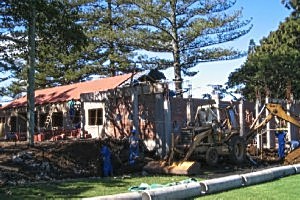
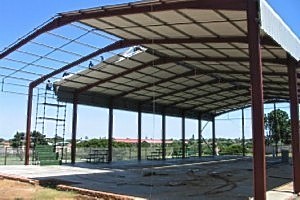
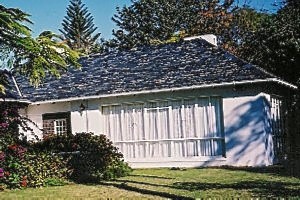
This body was formed in 2012, specifically to support the Hudson Park Schools by providing professional management services where needed, in areas deemed to be vital to forward movement. It plays a crucial role in the affairs of the schools, managing many of the developmental projects that have been undertaken in recent years.
The sole beneficiaries of the HEDT are our 3 schools, namely Eaglets, Hudson Park Primary School, and Hudson Park High School.
Since the inception of the HEDT, the Trustees have played a major role in the growth of our infrastructure. Nothing speaks more eloquently of their generosity and expertise than a list of these improvements.
